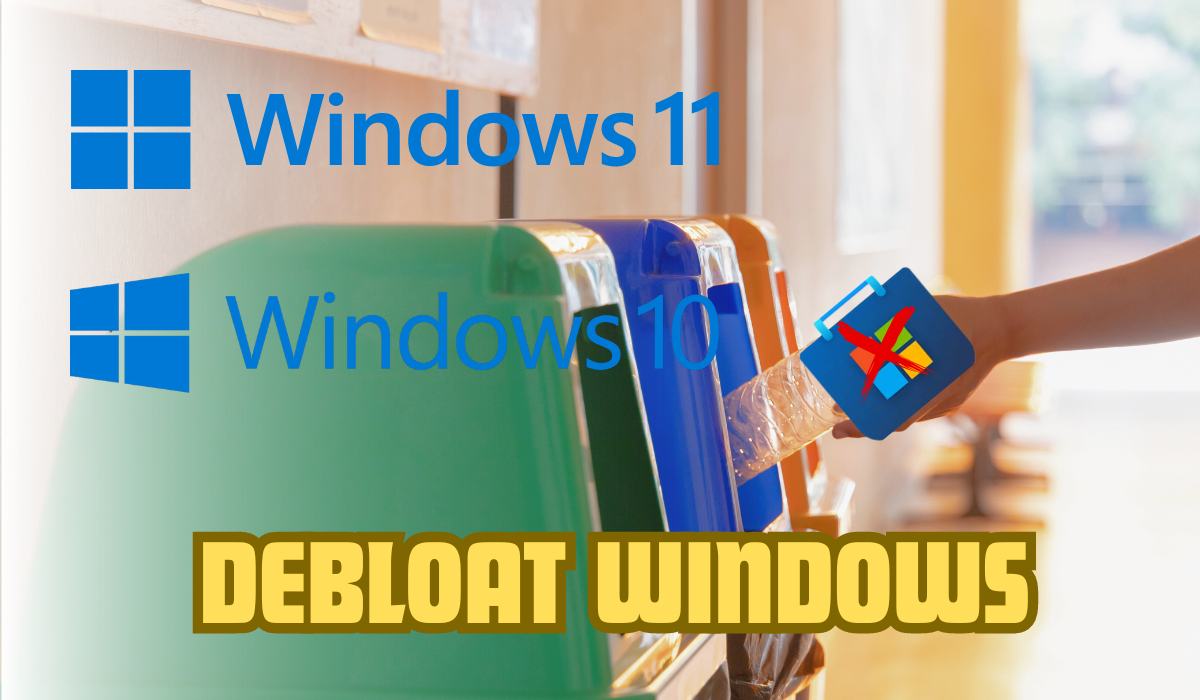Bloatware is a common issue for many Windows users. These are pre-installed apps that you may not need or want, but they come bundled with your operating system. In this blog post, we will guide you on removing bloatware from your Windows 11 and Windows 10 systems.
What is Bloatware?
Bloatware refers to software that consumes significant system resources but offers little value to the user. These are often pre-installed apps that come with your Windows operating system. While some of these apps can be useful, others may just take up space and slow down your system.
How to Remove Bloatware in Windows 11
Microsoft has made it easier to remove bloatware in Windows 11. Here are some methods you can use:
Method 1: Using the Settings App
Launch the Start menu and search for Settings.
Click on the Best match to open the Settings app.
Select Apps from the sidebar and then click on the Apps & features tab.
Find the app you want to remove from the App list, click on the three dots menu, and click on Uninstall.
Method 2: Using the Start Menu
Launch the Start menu and click on All Apps.
Find the app you want to remove by scrolling the app list or typing its name in the search bar.
Right-click on the app and click on Uninstall.
Method 3: Using PowerShell
For some pre-installed applications, you may need to use Windows PowerShell. This method requires a more technical approach, so proceed carefully and at your own risk.
Method 4: Revo Uninstaller
Revo Uninstaller is a free app cap used to uninstall Windows apps or Installed apps. This app can also help to remove app cache files like registry files, saved app files, and Temporary files that are not deleted at the uninstalling. Follow this method to uninstall Windows apps.
Go to the Revo Uninstaller Download page from here.
Download the app and install it.
Open the app and click the Windows Apps tab on the top left corner
Click the app name right click and click the uninstall.
Wait a few seconds to uninstall the app.
Method 5: Chris Titus Debloater
Here is the easiest and fastest method. Search Power shell in the Windows search bar and Run as an Administrator.
Paste this script and hit enter
iwr -useb https://christitus.com/win | iexWatch this video to see his script and how to use that.
How to Remove Bloatware in Windows 10
The process of removing bloatware in Windows 10 is similar to that in Windows 11. You can use the Settings app, the Start menu, or PowerShell. However, specific tools like the Bloatware Removal Utility can also help you remove pre-installed apps.
Conclusion
Removing bloatware can free up precious storage and reduce background memory usage considerably. Following the steps outlined in this blog post, you can optimize your Windows 11 or Windows 10 system for better performance. Remember, always proceed with caution when removing applications to avoid unintentionally deleting important system apps.
